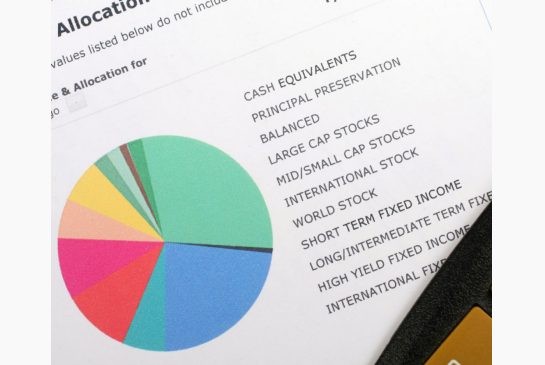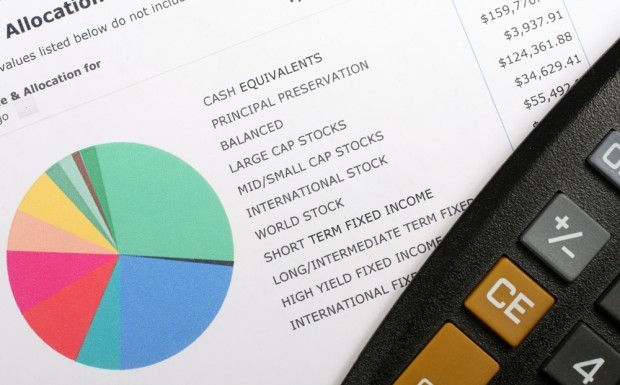Calculate Your Personal Rate of Return
Post on: 1 Июнь, 2015 No Comment

On January 9, I published the 2013 returns of my model portfolios. The equity markets performed spectacularly last year, but most investors are likely to be far more interested in the performance of their own portfolios. Problem is, calculating your personal rate of return is more difficult than most investors realize .
If you’ve made no contributions or withdrawals during the year, the math is simple enough. But what if you made a big lump sum contribution during RRSP season? Or took $7,000 out of your TFSA to buy a used car? If you make monthly automatic monthly contributions, you may have seen your account balance grow every month, but most of that increase is from new money, not investment returns. Any time you introduce cash flows to the portfolio, calculating your rate of return suddenly becomes much harder.
If you work with an advisor, he or she should provide you with your personal rate of return at least once a year. But hard as it is to believe, many aren’t doing this. The Canadian Securities Administrators issued a policy in July making it mandatory, but firms have three years to comply. The good news is you can do your own calculation in Excel using PWL Capital’s 2014 rate of return calculator, created by Justin Bender. The calculator is available free from the PWL Capital website. click the Rate of Return Calculator link on the home page, enter your email and you’ll receive a copy of the Excel file along with instructions for using it.
There are several methods for calculating your rate of return, and each has its strengths and limitations. Justin’s calculator uses the Modified Dietz method. which gives a time-weighted rate of return by accounting for the date of each cash flow. It calculates the portfolio’s monthly rates of return and then links this series to produce an annual figure. (Note that the Modified Dietz method is extremely accurate in most situations, but it can break down when cash flows are very large relative to the size of the overall portfolio.)
A few points to remember as you work with the calculator:
- If you have several accounts earmarked for retirement savings, you should treat these as a single portfolio. If you’re using proper asset location. you may have bonds in your RRSP and stocks in your taxable account, so these two accounts will have dramatically different returns. But what matters is your overall performance. So don’t calculate the return of each account separately: add up the month-end values of each account and enter this total into the spreadsheet.

- Do not make adjustments for dividends and other distributions, unless these amounts are withdrawn from the account. This is probably the most common mistake people make when using the calculator. Remember, cash distributions are already accounted for in the month-end portfolios values, so you do not count them as cash inflows.
- If you transfer money from one account to another (perhaps you took your RRSP contribution from your non-registered account), don’t count this as a contribution or a withdrawal from your overall portfolio.
The current version of the calculator is set up for 2014, but it will work for 2013 and any other non-leap-year. For leap years, use the 2012 version .
20 years of returns
Justin and I have also complied the historical returns of my model portfolios going back 20 years. Of course, none of the ETFs in these portfolios have been around anything like that long (VTI is the oldest, with returns back to June 2001). So as in the past, we have used actual fund returns whenever they were available and index returns elsewhere. Whenever we used index returns, we subtracted the MER of the relevant fund.
Perhaps the most surprising result was how similar the long-term returns were across all three portfolios. From 1994 through 2013, the Über-Tuber—with its multiple asset classes and its tilt to small-cap and value stocks—did have the highest returns and the lowest volatility of the three models. But the differences were very small: the 20-year annualized returns ranged from 7.3% to 7.8%, while the standard deviations also fell within that same narrow range.
The takeaway message should be clear: don’t obsess over the small details of your asset mix, and don’t embrace complicated portfolios if you prefer simplicity. Just build a diversified, low-cost portfolio, stay invested, and rebalance when necessary. Do that and the returns will look after themselves.














